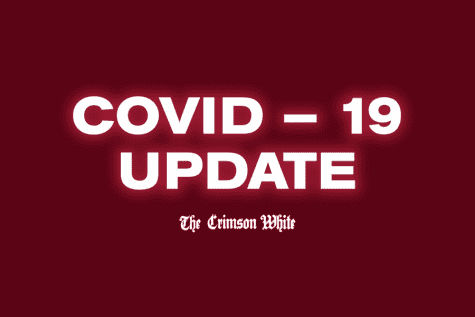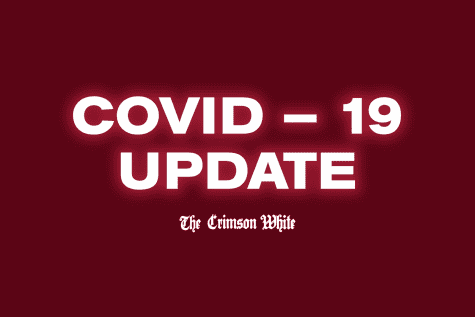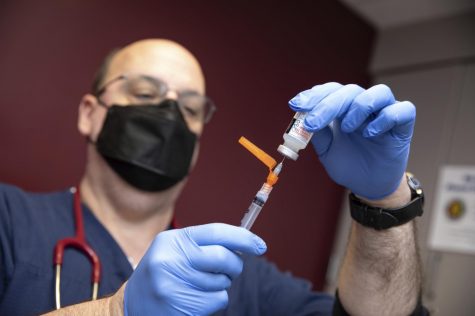Here’s how UA is revamping its sentinel testing program for the spring
Sentinel testing fell flat this fall, but officials are confident a new partnership will change that.
The University plans to expand its sentinel testing program in the spring semester in partnership with University Medical Center.
Sentinel Testing: What Is It?
Sentinel testing is a random sampling of asymptomatic individuals to better understand the spread of infection on campus. Studies show that widespread testing of asymptomatic individuals, particularly on university campuses, prevents transmission.
“It’s like drawing names out of a hat,” Vice President for Student Life Myron Pope said. “It’s a randomized process and it’s mandated for people on campus… For the folks living off campus, we can’t mandate it… We want to try to encourage people to do the right thing and come in and get tested.”
A study on Duke University’s COVID strategy supports frequent mass testing. In the first 10 weeks of the fall semester, Duke conducted 68,913 tests on about 10,000 students and found that slightly more than half who tested positive were asymptomatic.
Partnership with University Medical Center
Sentinel testing throughout the UA System was conducted through GuideSafe during the fall. Other UA System campuses will continue to use GuideSafe next semester, but the University will only utilize it for Healthcheck, Event Passport and its Exposure Notification Application.
Ricky Friend, dean of UA’s College of Community Health Sciences, said the University decided to partner with UMC for sentinel testing after it fell short of its stated testing goal, which fluctuated between 3% and 5%.
At least 3% of the population was notified each week with instructions to sign up for a test, but turnout fell short because participation was voluntary for most.
About 5,000 students, faculty and staff participated in sentinel testing during the fall semester, which is less than half the number that should have been tested over the program’s 10-week history.
“We feel like we can control some of the variables better because we know our campus,” Friend said. “We know our student population and we feel like we’re in a better position to help compliance, so that when somebody is selected they actually come.”
Pope said using a third party barred direct access to students and the transition to UMC could increase rates of participation.
Despite the changes to the program, sentinel testing will remain voluntary for most. It’s required for residential students, individuals participating in University sponsored programs that meet in person and students participating in clinical activities.
Goals for the Spring
The University plans to test at least 2.5% of the campus population for the first three weeks of the spring semester, which would translate to about 900 tests each week.
According to the Comprehensive Health and Safety Plan, the University will “take whatever steps necessary to collect the full sample immediately post-entry, including extending testing hours or increasing the randomly-selected sample size.”
The University did not have polymerase chain reaction (PCR) capabilities in its labs when the sentinel testing program began. PCR tests are more accurate than the antigen tests, or rapid results tests, the University administered throughout the fall. Friend said they are now able to conduct between 1,000 and 1,500 PCR tests per day.
After the first three reporting periods, sentinel testing results might be published biweekly instead of weekly. Friend said this will be determined by the program’s early results.
Reporting
The University reported sentinel testing results to the UA System COVID-19 Dashboard during the fall semester. Each report included the total number of sentinel tests performed and the number of positive results. With every update, the previous week’s results disappeared.
Other universities in the SEC have also implemented asymptomatic testing programs.
Texas A&M has tested about 13,000 people since the week of Aug. 29 through its Random and Adaptive Testing Program. Its dashboard includes the number of positive and negative test results for every week.
The University of Mississippi’s dashboard provides further insight, including the total number of sentinel tests performed along with a two-week positivity rate. It identifies the program’s participants as students, faculty or staff. It further breaks down the community response to sentinel testing invitations by identifying selected individuals as “participants, non-responders or opted out.”
As the University expanded sentinel testing efforts, it rolled back entry testing requirements for the spring.
Entry testing was required for all students and employees returning to Tuscaloosa in the fall. In the spring, it will be mandatory for all students living on campus, including in residence halls and Greek housing, and employees.
“The thought process there is that [on-campus students] are exposed to one another in a closer environment, in an environment where our medical folks and our contact tracing folks have told us they have seen cases transmitted,” said Chad Tindol, UA’s chief administrative officer.









